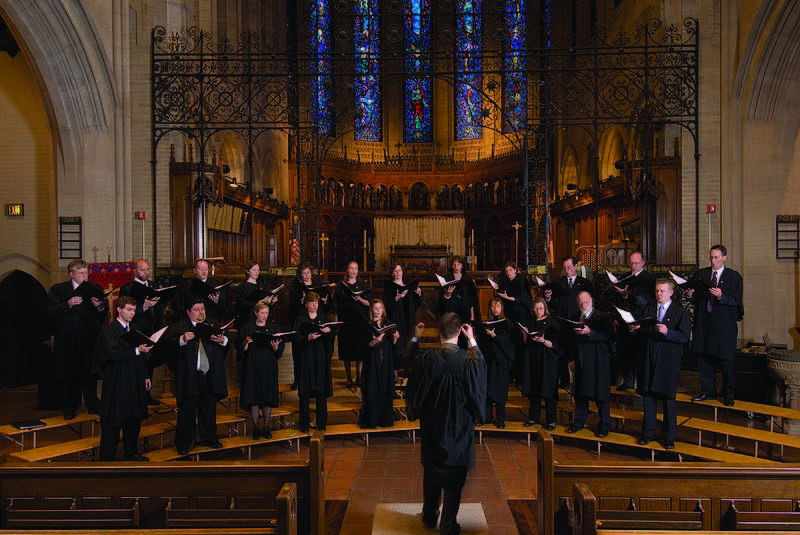
Choirs were one of the first casualties of the pandemic, and both their potential for being superspreaders and their loss of status in churches will likely prevent their full restoration in American religious life anytime soon. The New York Times Magazine (April 1) chronicles the story of one chorus in Washington state that was said to be one of the first superspreaders in the early days of Covid, while also describing how religious and secular choral music has been affected by the pandemic. In general, church-based choirs have fared better than more independent secular choruses, but a survey of 337 choruses by Chorus America found that half had seen their budgets drop by at least 40 percent. Even with wide vaccine distribution, Chorus America does not yet support large, unmasked gatherings. And even before the pandemic, choirs were being phased out by many churches and replaced by pop-inspired praise bands.
Craig Adams of the Gospel Music Association says that some “church pastors in the evangelical church have seen this as an opportunity during the pandemic to go ahead and make that move, make that switch [away from choirs].” He adds that the response has been divided between congregants who find choirs “culturally irrelevant” and those who value them as integral to the church and its theology. The way that Covid has affected African American and other minority communities more than others will also affect “what kinds of choral music come back and when,” writes Kim Tingley. The National Convention of Gospel Choirs and Choruses, with 1,200 mostly African American members, canceled its national conference this year and last, and is actively seeking alternatives to in-person performances since many members are elderly and not eager to move back into live settings. The group, like other choirs and choruses, has introduced remote socials and recorded presentations, as well as offering advice to choir leaders on precautionary measures against the virus.

Photograph by William Swartz, Denver, Colorado USA (Creative Commons).